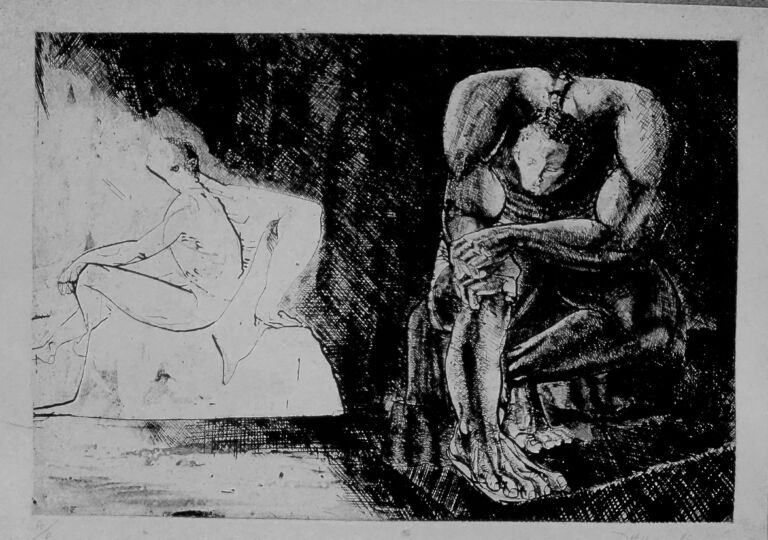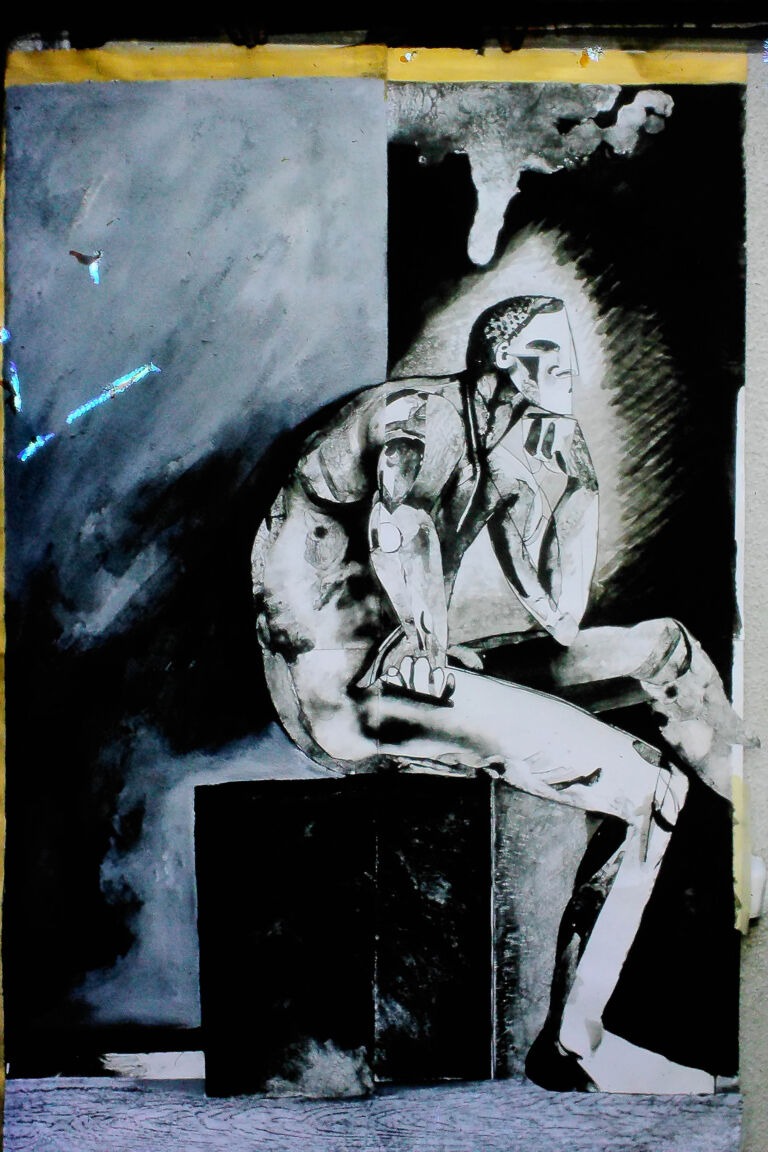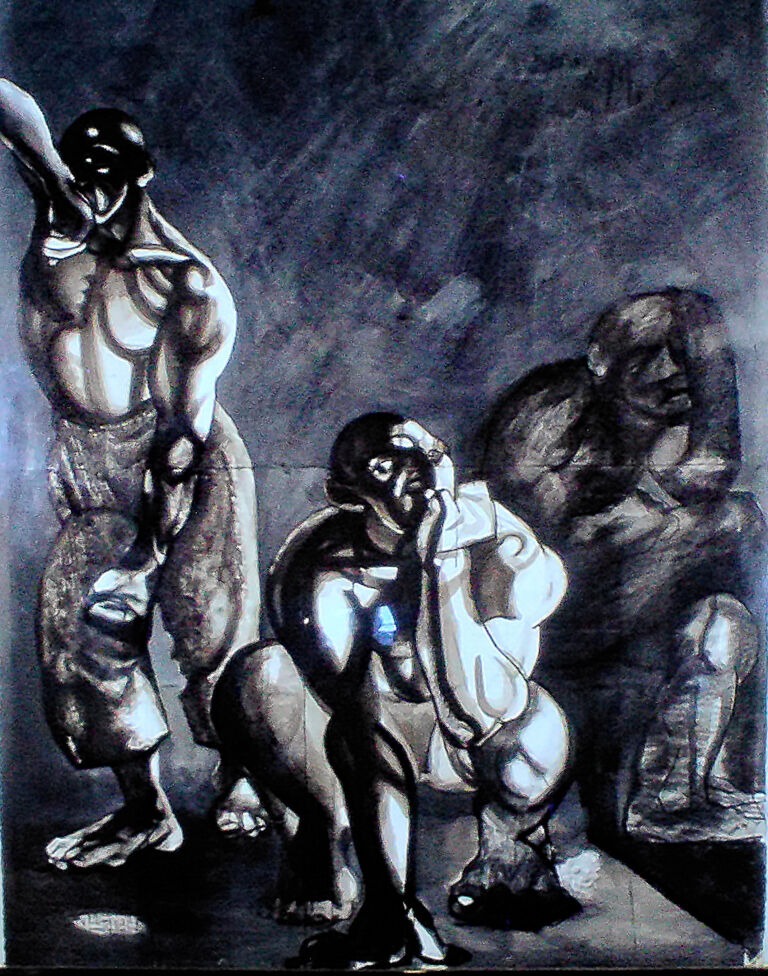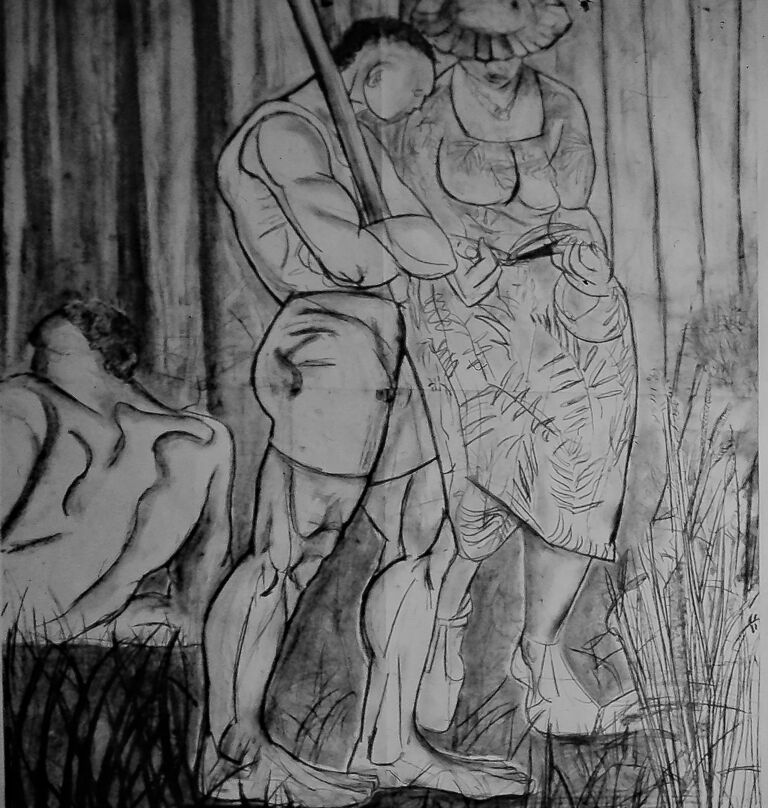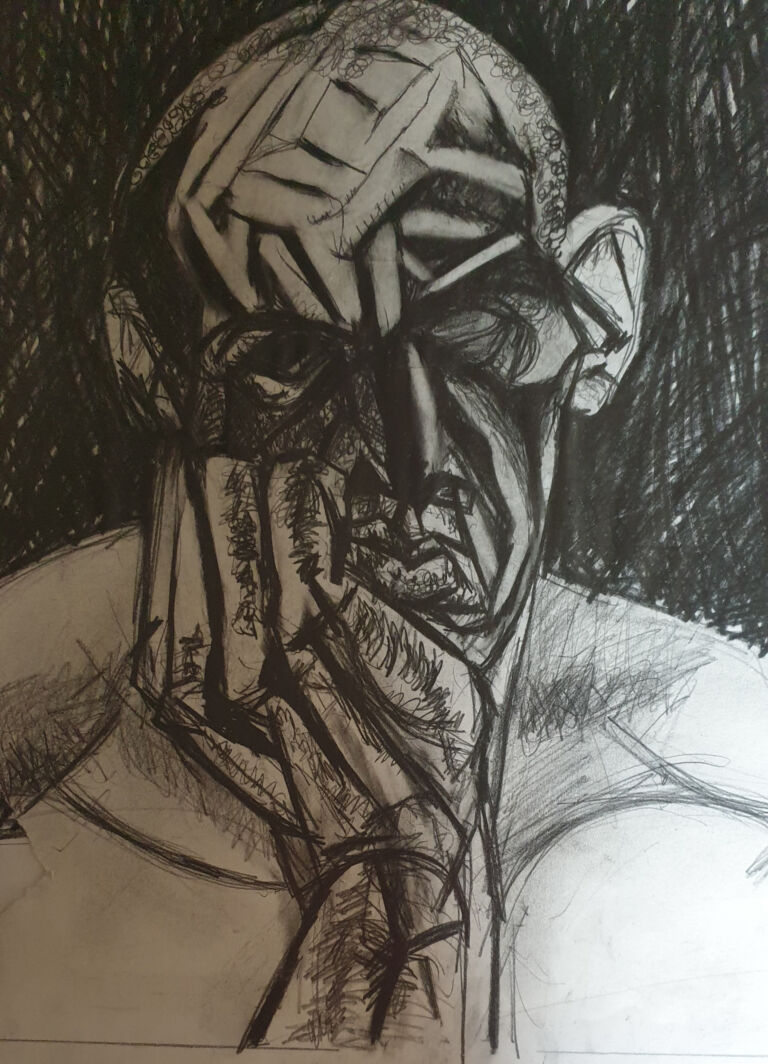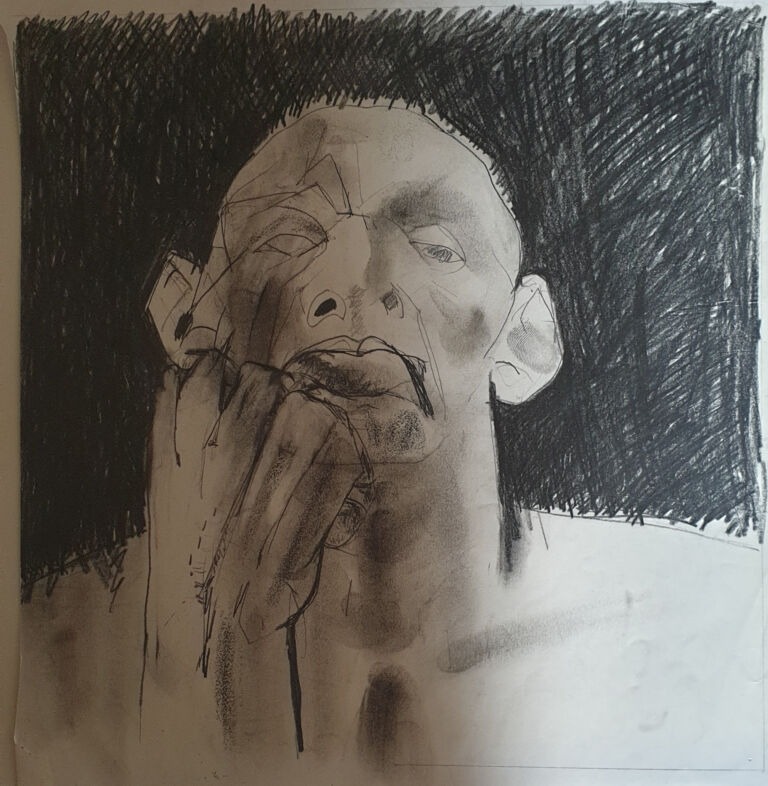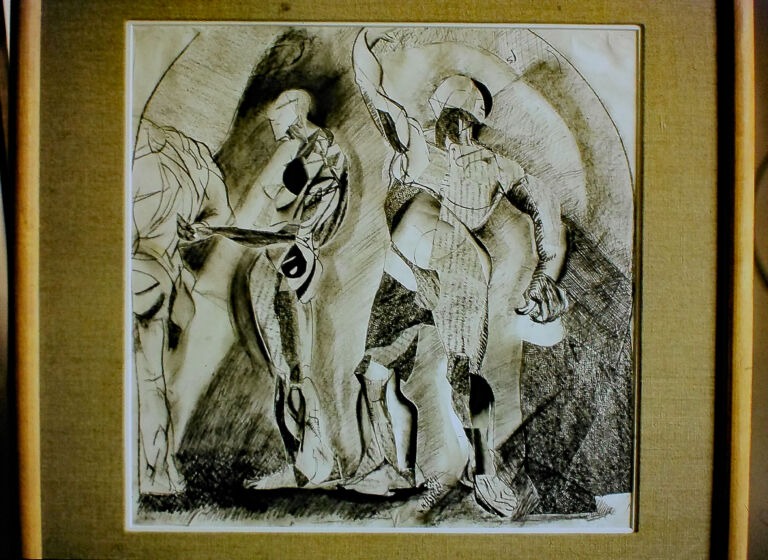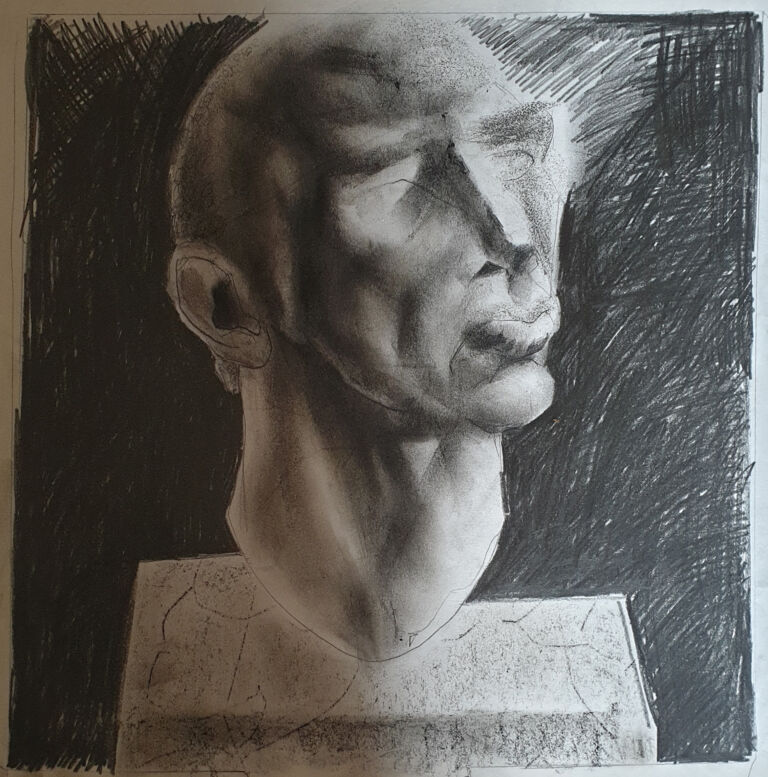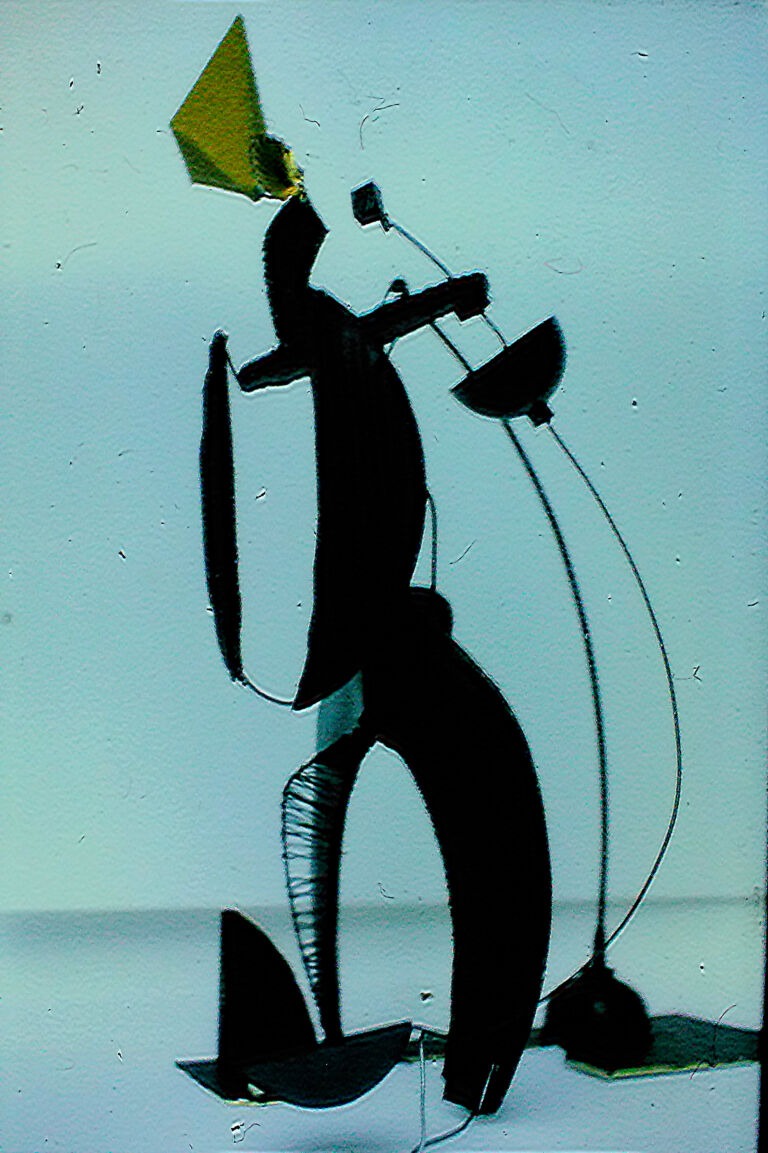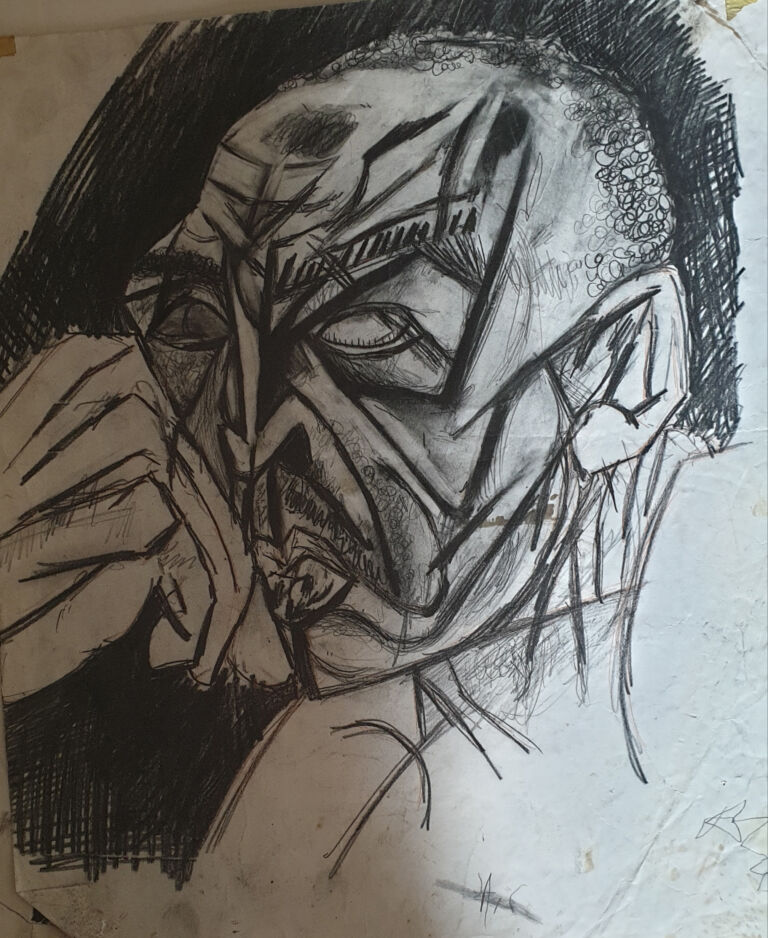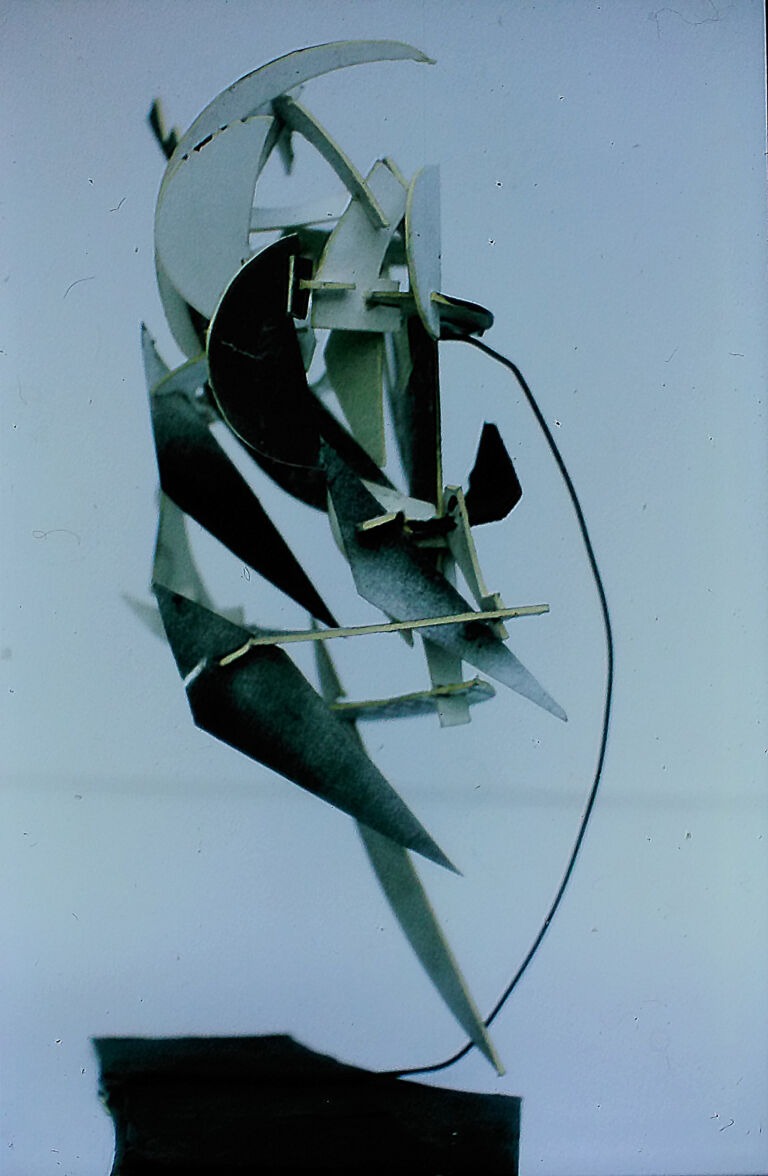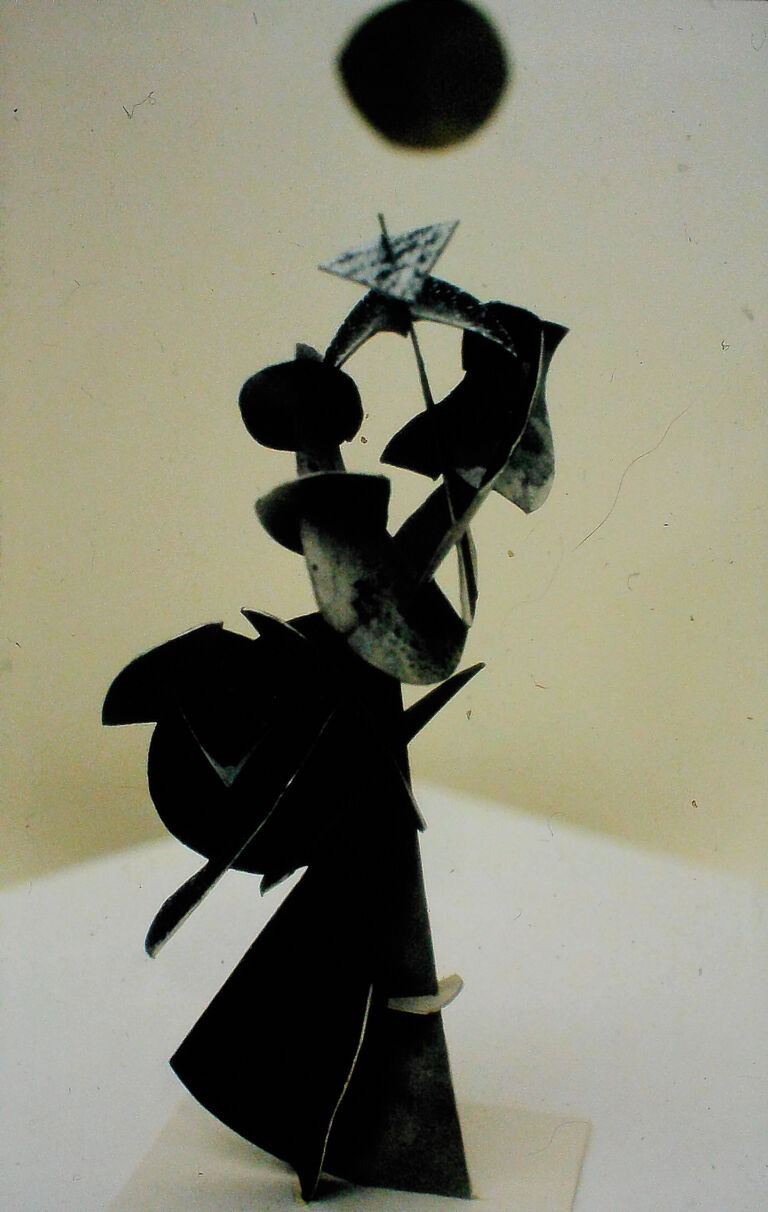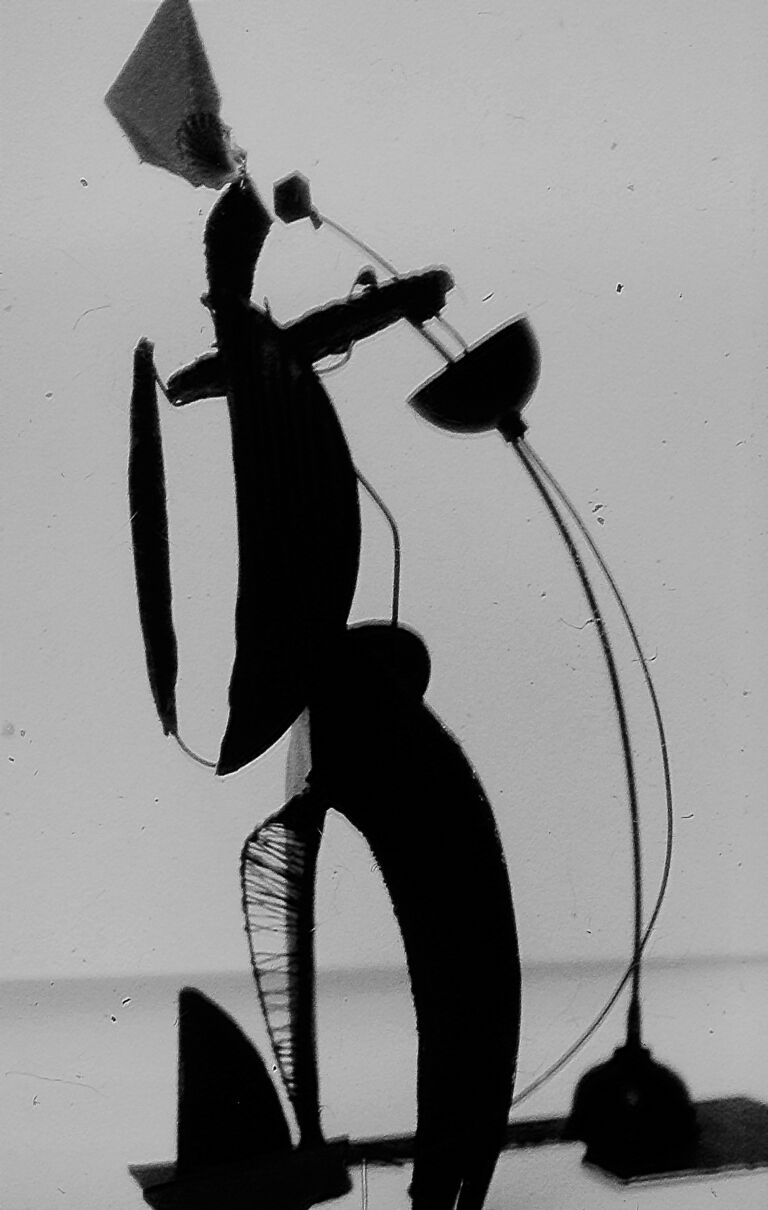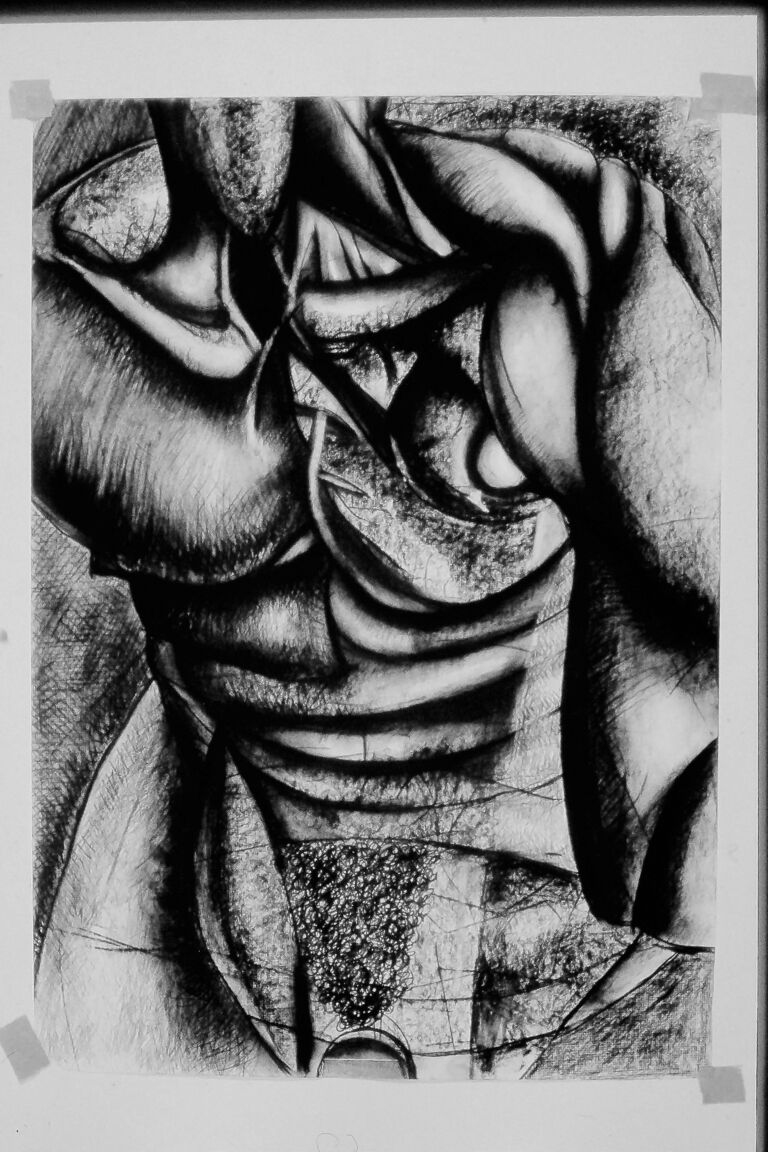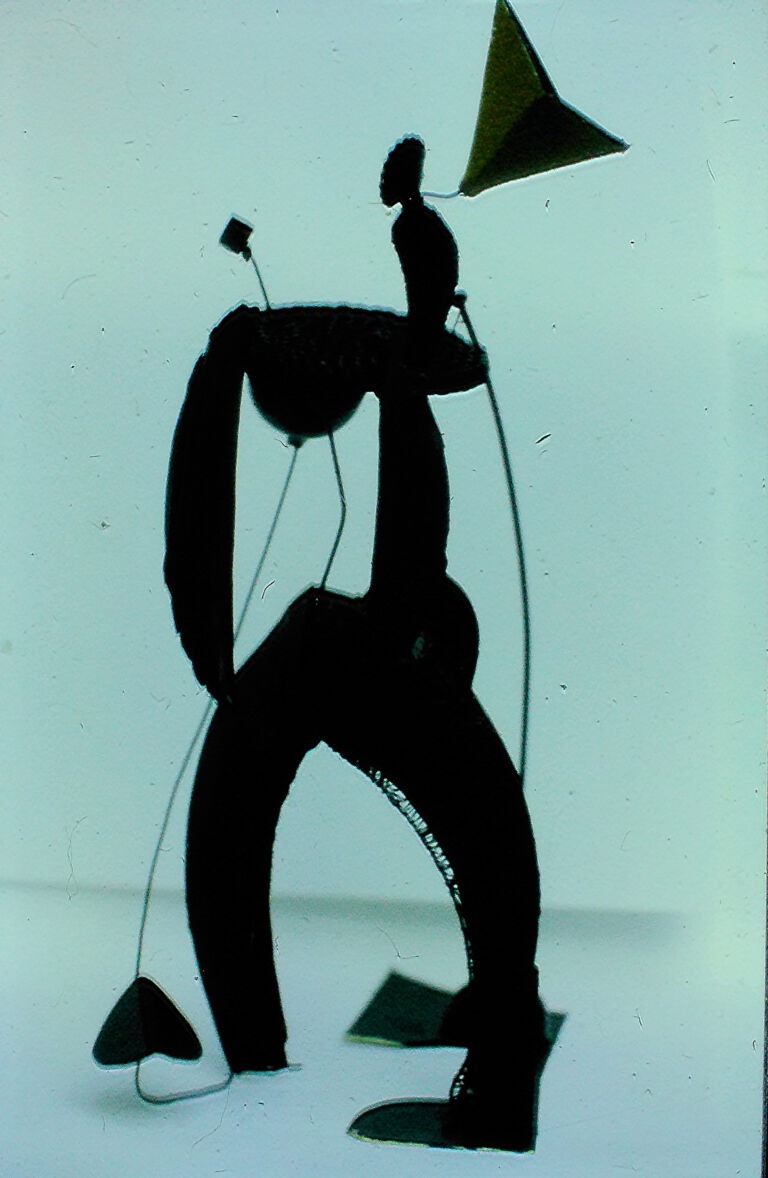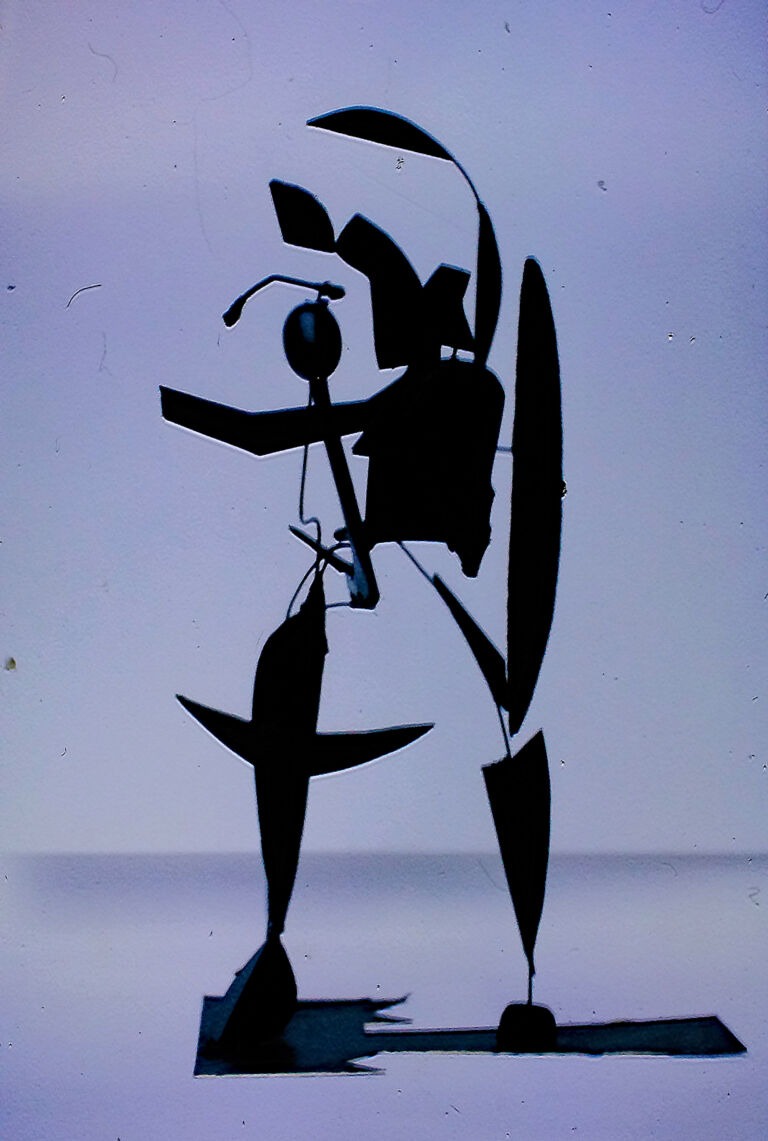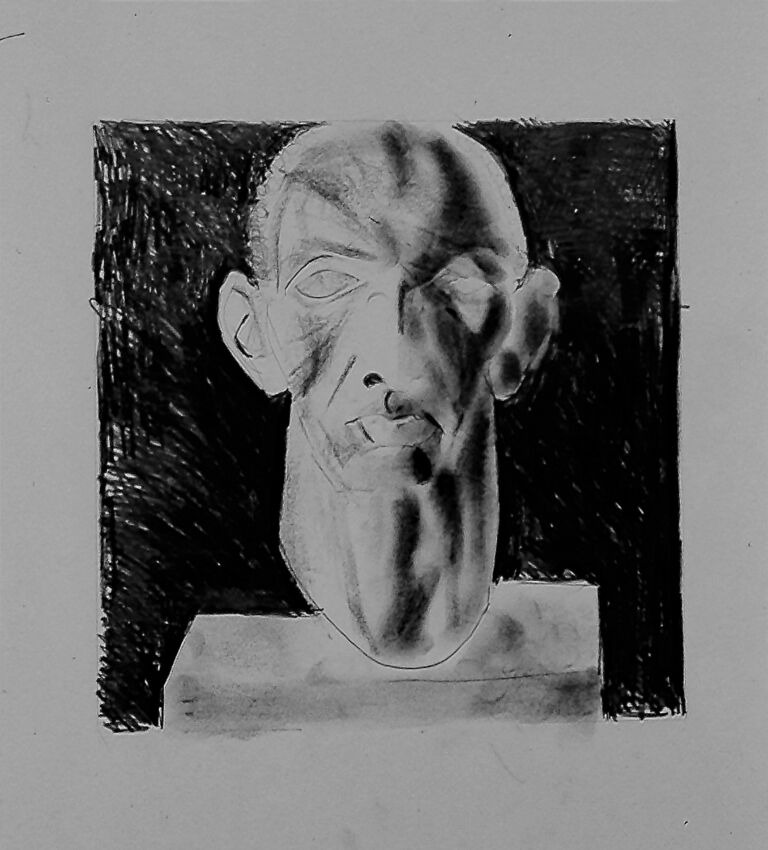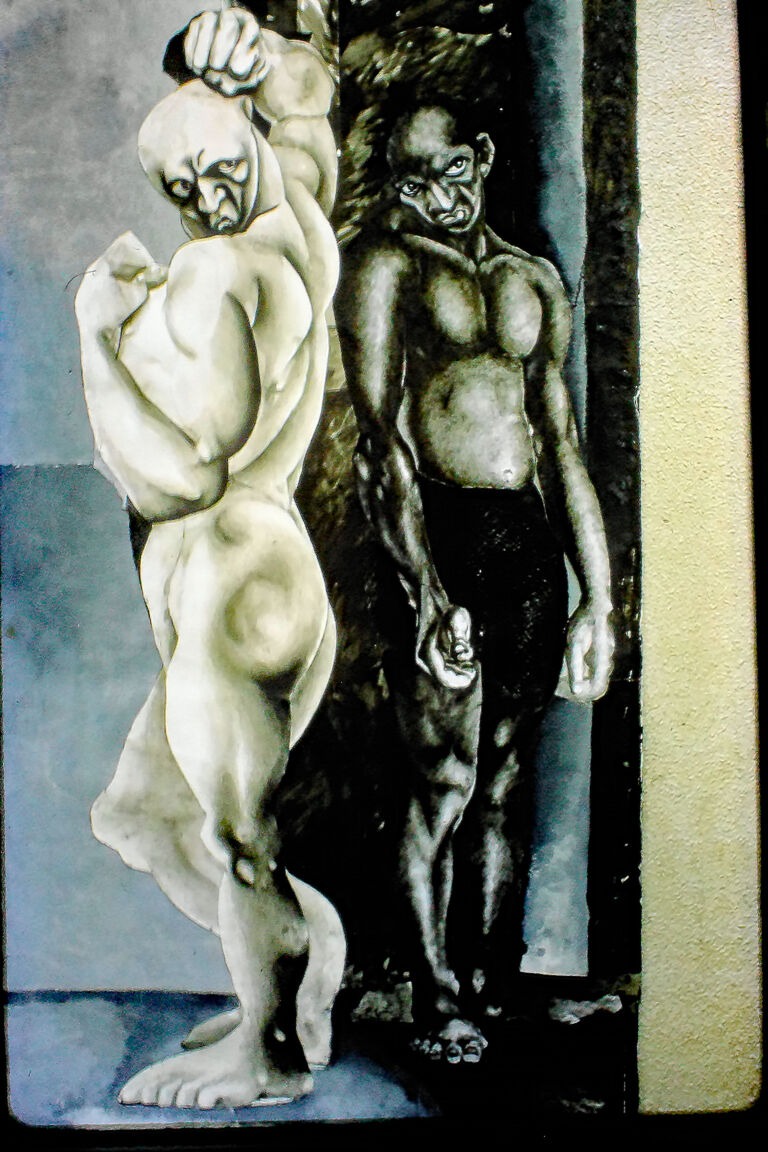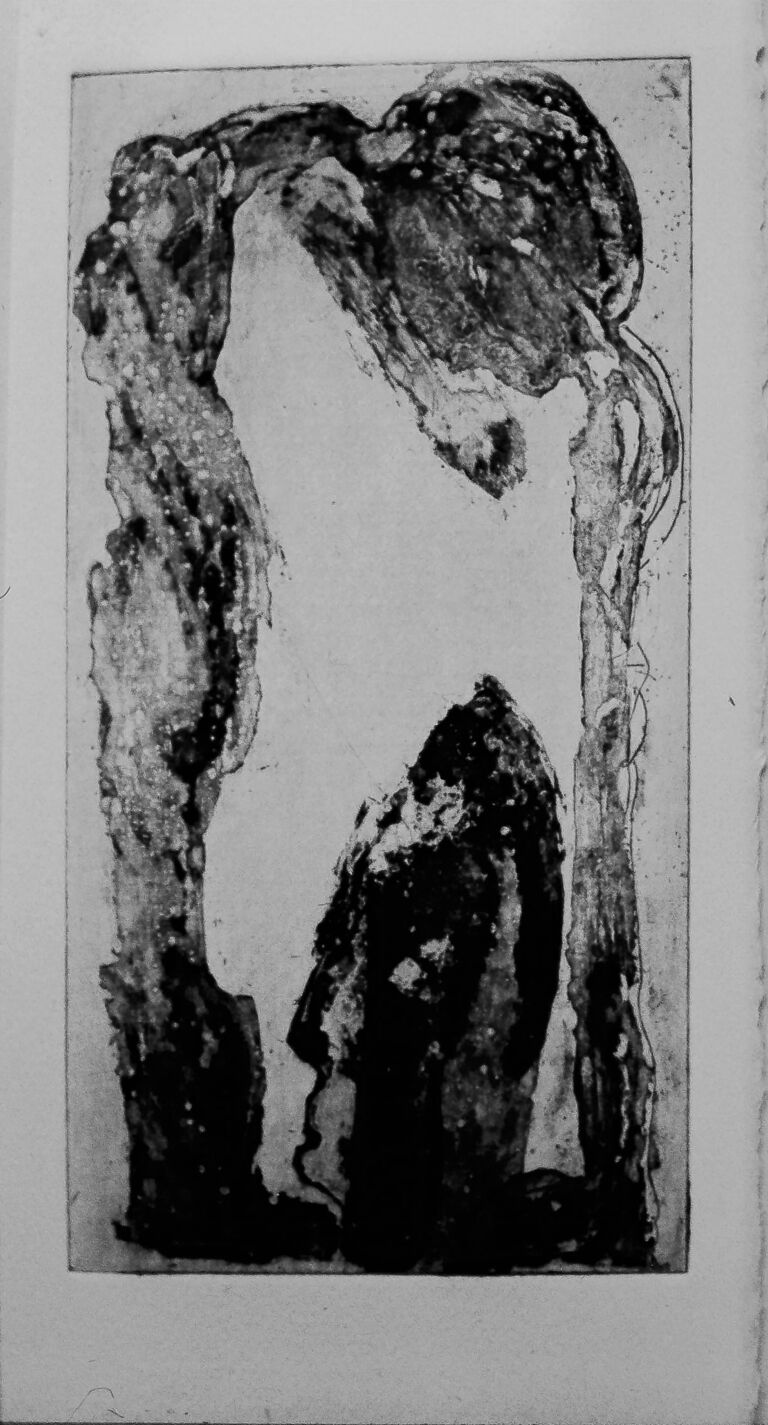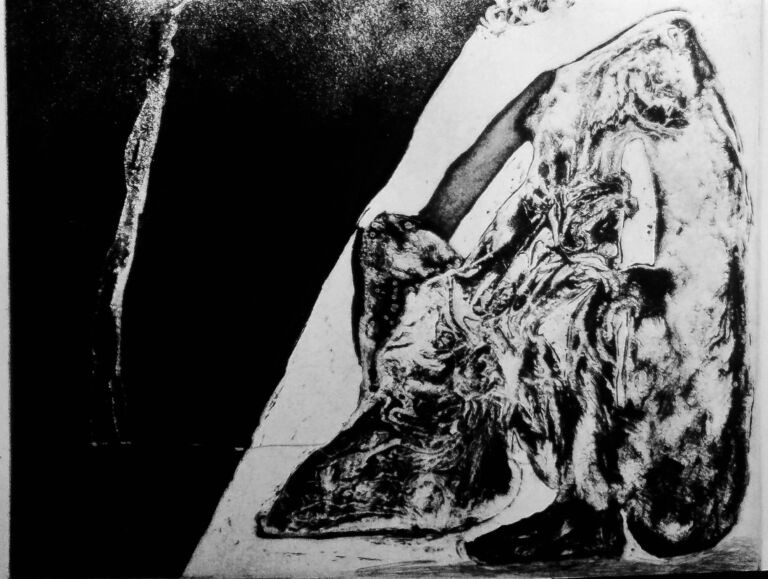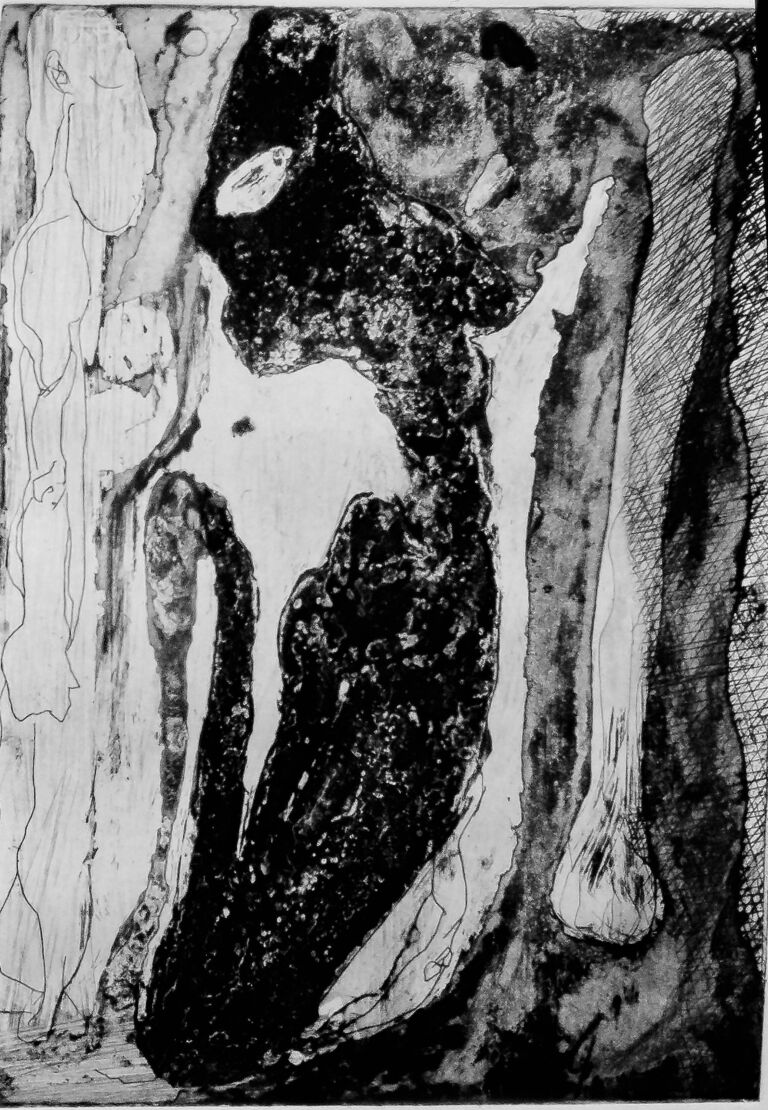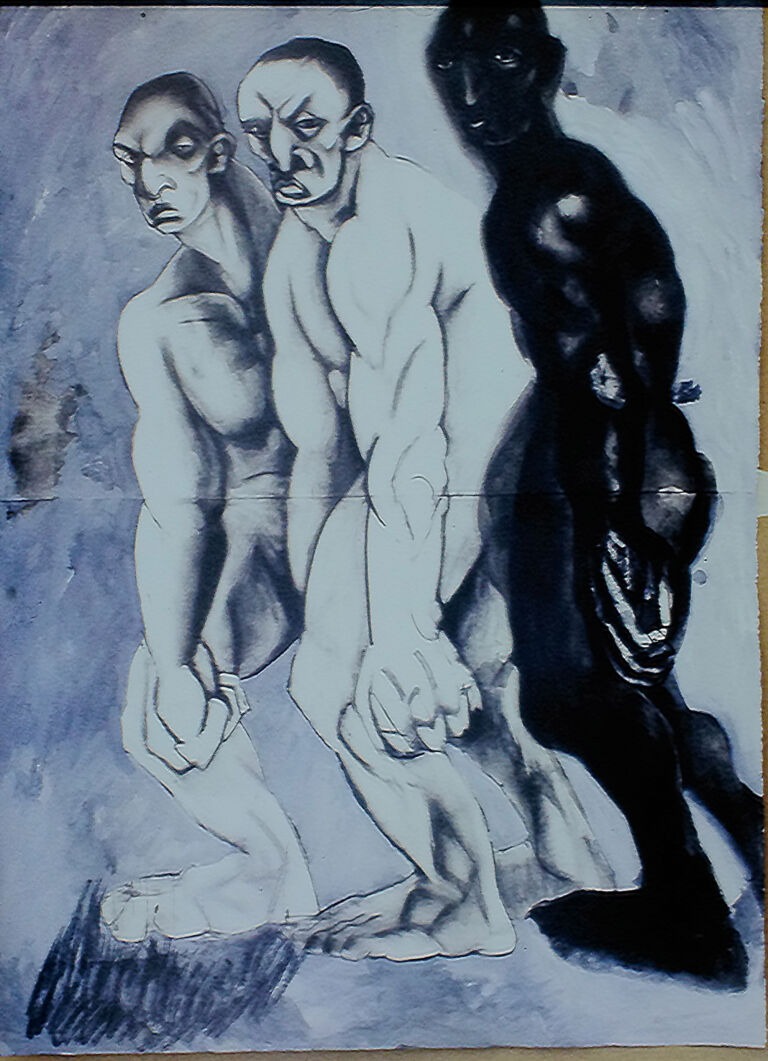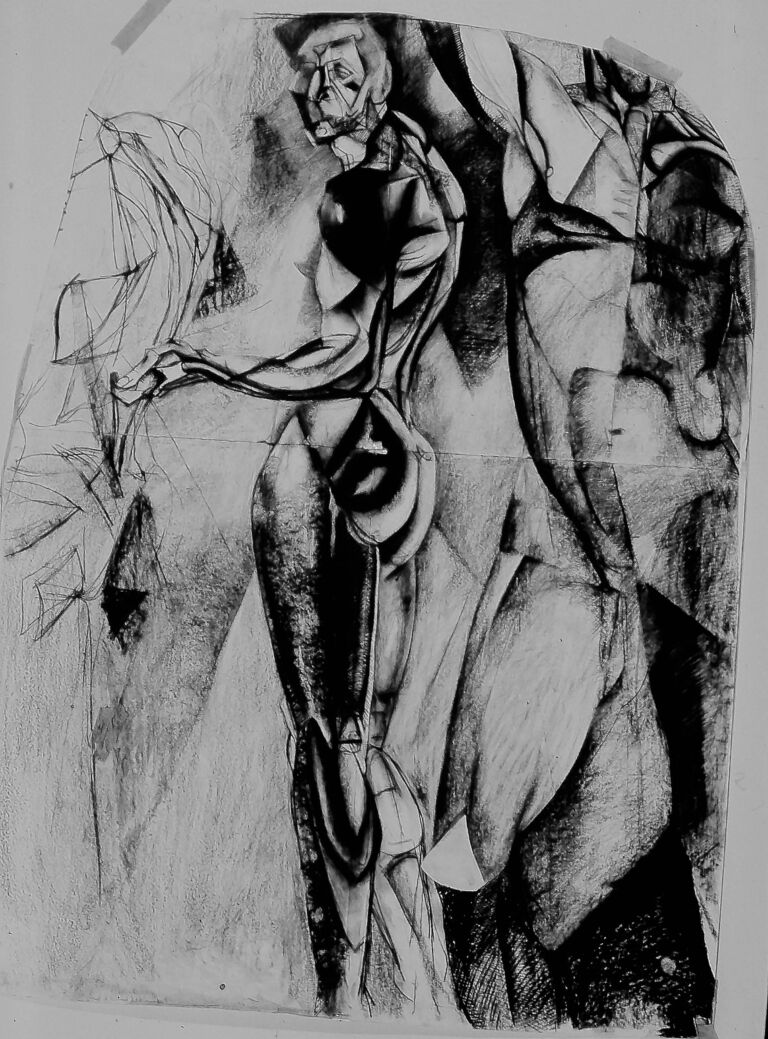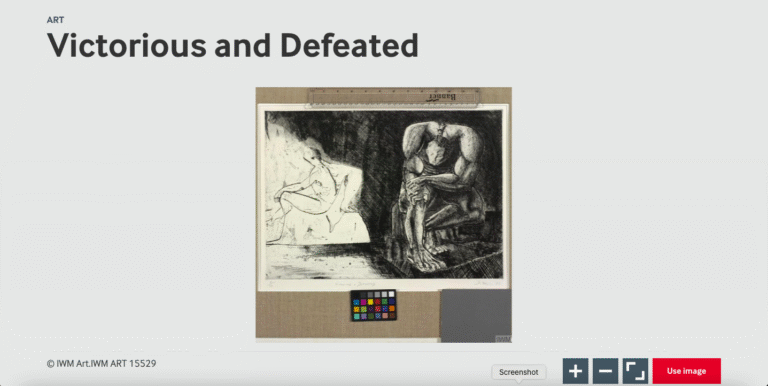Victory and Defeat: Victory and Defeat opened in 1983 as a public exhibition at the Imperial War Museum in London. The display of artwork by Derek Hill featured various etchings and drawings from the “Victory and Defeat” series. The display was set up to acknowledge the acquisition of the artist’s etching titled “Victory and Defeat”.
https://www.iwm.org.uk/collections/item/object/13013
The etching Victory and Defeat is part of the collection at the Imperial War Museum. It features themes of war and a classic, statuesque figure of victory outshining his bitter rival in the eternal struggle for power. The image and subsequent works in the series of etchings, drawings, and sculptures are mainly inspired by the artist’s years as a competitive oarsman, before reflecting on how the sport affected his body, mind, and spirit. The theme is powerful, prompting multiple series of etchings, lithographs, drawings, and sculptures. Victory and defeat influenced the choice of options, broadening to include interactive media that generated more expressive forms. Freedom of actions reflected the rhythm of production; lithographs and etchings became freer, more intense, more abstract, and more contorted.
The collection below includes suites of zinc, copper, and steel plate etchings, lithographs, and charcoal drawings. Plate sizes range from 30 x 30 cm, 30 x 50cm and 45 x 75 cm. Offset lithograph sizes are 4 plates measuring 1.25 x 1.50 m. Also included are several small painted wooden and metal maquette sculpture studies celebrating victory.
https://www.derekhill.co.uk/work/cat/about-derek-hill/
“Victory and Defeat” (1982–1984) is a project by Hill that features a collection of etchings, lithographs, drawings, and sculptures. Initially showcased at the Royal College of Art (RCA) in 1982, the project later appeared at Christie’s in London as part of their inaugural New Graduate Art exhibition in 1983. In 1983/84, Hill was invited to exhibit part of “Victory & Defeat” at the Imperial War Museum in London, one of the world’s most renowned institutions, as an acknowledgement of the acquisition of the artwork. Artwork from this series was added to the museum’s public collection. This project utilises traditional printmaking techniques and drawing to explore a centuries-old historical narrative of gladiatorial warriors depicted as classical Greek statues in both pre- and post-battle poses. It addresses the universal themes of the thrill of victory and the despair of defeat. The small sculptural studies are symbolic and resemble Greek Parthenon works, including The Victory of Samothrace and depictions of defeated heroes. Notably, the Hermes Ludovisi statue in Athens honours those who died at the Battle of Koroneia, alongside a Roman sculpture of Spartacus. All figures in Hill’s tableaux are deliberately portrayed as imposing classical Greek or Roman statues in exaggerated poses that emphasise the gladiatorial spirit, character, and invincible godlike superiority over their subjects and enemies. These representations have historically served as a battle cry to the heavens for warriors engaged in combat. The drawings of heads are self-portraits representing marble busts of military leaders as celebrated war heroes. The theme of “Victory and Defeat” is staged and theatrical, designed to resonate dynamically with viewers through a clear visual concept. Each scene defines what is depicted. Each set piece includes characters that play secondary roles alongside the central figure(s).

